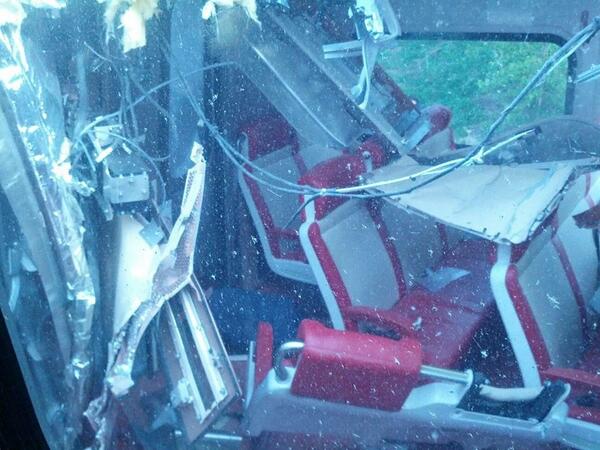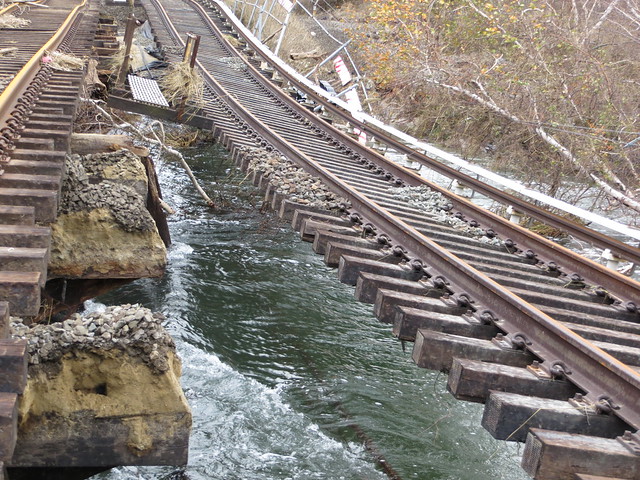As repair continues along the 2000-foot section of track damaged by Friday’s derailment and collision, Metro-North officials said today that they anticipate restoring full peak service in time for Wednesday morning’s commute. “We are confident that the reconstruction work, inspection and testing will be completed in time for a normal rush hour on Wednesday,” Metro-North President Howard Permut said in a statement. The shuttle bus/train combination in place on Monday will last through the day on Tuesday.
The MTA, meanwhile, reported that 750 people took the train/bus combo from Bridgeport to Stamford. That figure represents that 20 percent of the usual a.m. peak ridership at New Haven, Milford and Stratford. But overall peak ridership declined by just 20 percent on Monday as Connecticut travelers drove to nearby stations to catch their trains. The Harlem Line saw a bump in ridership by around six percent over a typical Monday.
Despite Metro-North’s good news, Amtrak has yet to announce restoration of service along the Northeast Corridor from Boston to New York. I’ll have more as news breaks.







 – WEEKEND FASTRACK
– WEEKEND FASTRACK







